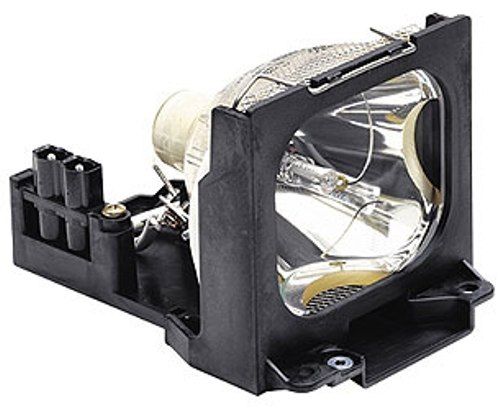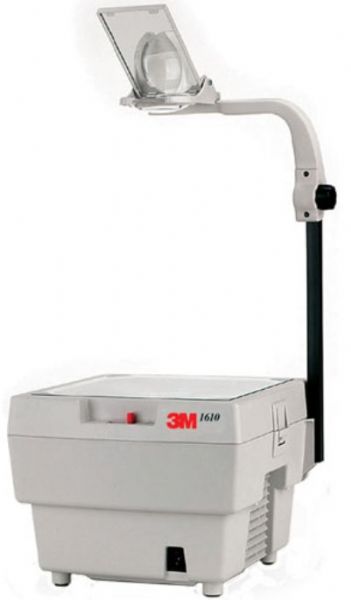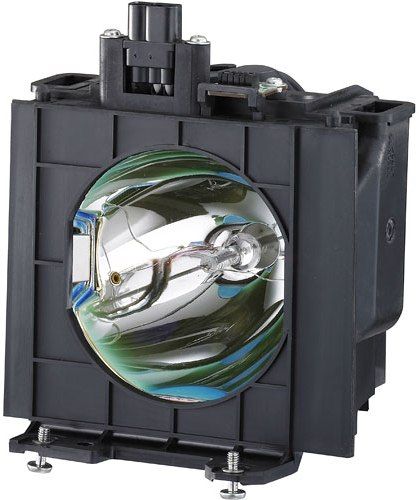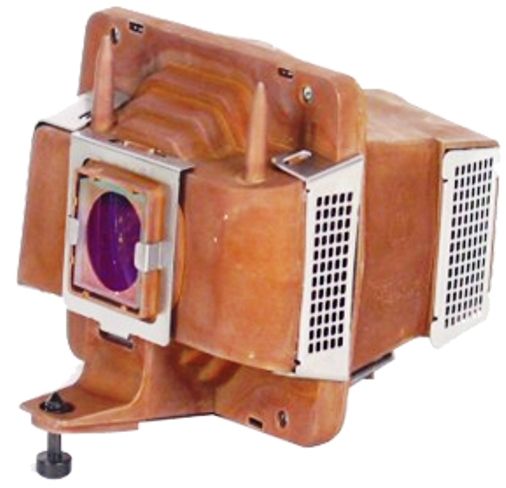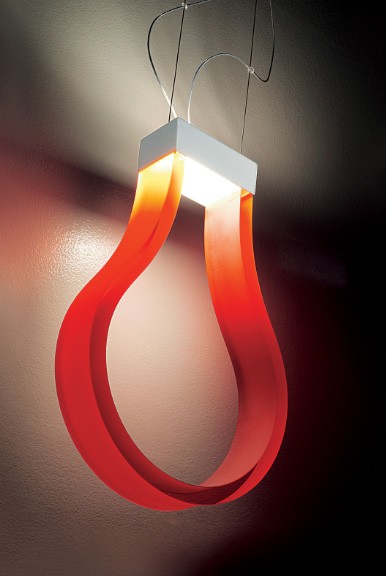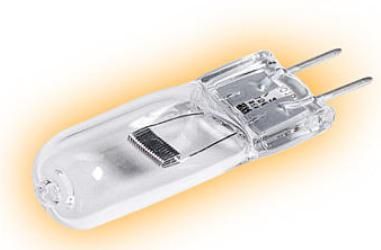
Many times I am asked what I would presume to be the appropriate tools to have when using an Overhead Projector to make a presentation.
Without stating the obvious I would assume that all of you are aware that you would certainly need to have an Overhead Projector. Ahh, but what type of Overhead Projector should you choose?
If you are traveling quite a bit and use your Overhead Projector to make your sales or training presentations then you should consider using a portable Overhead Projector. Now some of these portables fold to the size of a briefcase making travel through airports easy. Other types of Overhead Projectors have a folding post which makes the projector easy to transport and will easily fit in your car.
Once you have decided on which type of Overhead Projector best fits your needs its then time to put together what I call an "Overhead Projector Survival kit". Keep in mind there is nothing worse than a room fool of students or potential clients and finding yourself caught unprepared.
With all that said, here is what I would consider to bare essentials for an "Overhead Projector Survival Kit"
The spare lamp: Always have a spare lamp with you, even if your Overhead Projector is equipped with the lamp changer feature. Projection lamps are fairly inexpensive and I suggest having several spares on hand.
One more note that I would like to add here. Make sure you carry on your person or noted inside of your Overhead Projector what the ordering code is for the projection Lamp. If for some reason you would need to purchase additional spares while on the road this information could prove to be invaluable to you in a moments notice. It is also very helpful to have the 800 number of your favorite AV Parts supplier on hand for easy access to all your Overhead Projector needs while you are on the road.
Transparency pens: Never assume that the classroom or the Board Room where you will be putting on your presentation will have the proper transparency pens and transparency film on hand. My personal preference are the water soluble pens, there are many instances where I tend to wear more of the marker than my transparencies. Water soluble pens are easy to wash away where the permanent pens require a bit more effort to remove from ones hands! A selection of different colored pens always makes for a nice presentation as well.
Cleaning towels and water: That's right, water. When it comes to cleaning the optics of your Overhead Projector nothing works better than water. I have seen more damage done to the optics of Overhead Projectors by end users using chemicals or even something as simple as window cleaner. Stick with the water; we use it as an optical cleaner everyday in our repair shop. Now in conjunction with your water you will need a quality cleaning cloth. Paper towels will NOT do. They scratch the sensitive surface of your optics. I suggest using a fiber optic towel or something similar. They are specially designed to clean surfaces of Fresnel Lenses and Optical Glass without scratching.
Extension cord and adapter: I can't tell you how many times I hear stories about someone having all the right tools, but no way to get power to their Overhead Projector because the cord will not reach across the room to the only available AC Outlet. I suggest having an extension cord with a minimum length of 25 feet. Now once you have accomplished reaching the AC Outlet, how frustrating is to find that the receptacle does not take a grounded plug. Oh how I share your frustrations. Always and I mean always, have at least two AC Adapters that will allow your grounded AC cord form your Overhead Projector to plug into those old style AC outlets that have no ground plug.
Spare Parts: Now if you are somewhat mechanically inclined, then you may want to consider having a few spare parts available for some simple repairs that could be done either in your hotel room or at home. A simple set of tools will also be required. Your Electronic tools should include wire nippers for cutting and stripping wire, a cordless solder iron with some solder, a small amount of 1/8" heat shrink tubing and a small set of screwdrivers with both flat blade and Phillips type heads. Now needless to say any serious electrical problems should be left to a professional electronic technician, but a change of a lamp socket which requires only a screw driver in most instances or replacing a broken stage glass are simple repairs that can be done in the field if you have the spare parts on hand. This could save you many hours of searching for either a repair shop or rental store trying to find a back up Overhead Projector.
You most likely will have some of your own items you will want to add to your own "Overhead Projector Survival Kit". This article should give you a good foundation to build on and help save you some embarrassing moments the next time you go to make your presentation with your favorite Overhead Projector.









